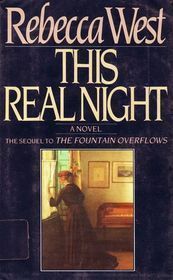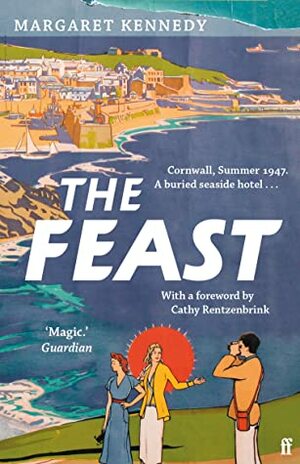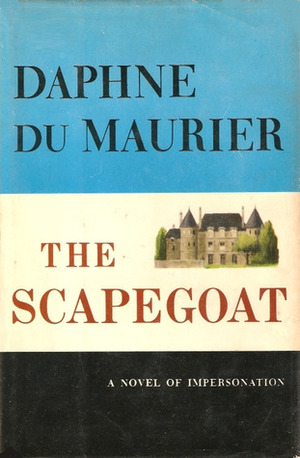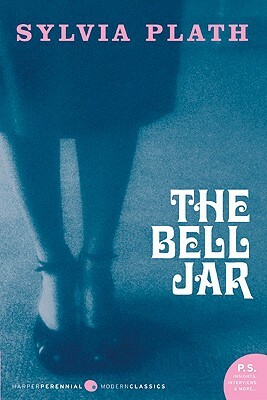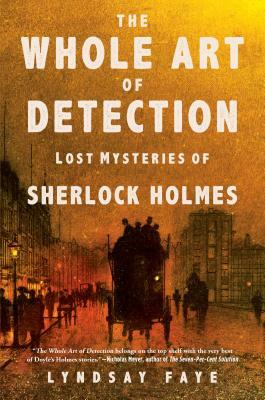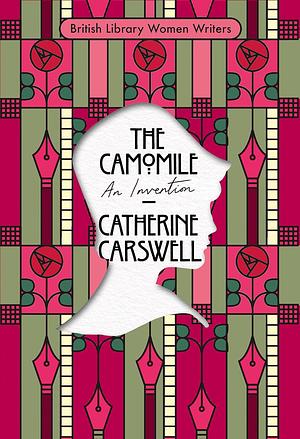This Real Night is the second book in West’s Aubrey family trilogy, which starts with The Fountain Overflows. I put The Fountain Overflows on my Top Ten list for last year, and this novel is just as good.
The novel begins just after the girls’ father leaves them. He is beloved by all, but he is a gambling addict who has lost all their money many times, and when he leaves, goes with a collection of jewels he had hidden from their mother. Since he left, their mother has sold some paintings that she pretended were worthless, so they, although nowhere near well off, are comparatively comfortable.
Their mother was once a famous concert pianist, and she has trained the twins, Rose and Mary, to become pianists. Soon they will start music school. Their older sister, Cordelia, who was convinced by a teacher that she was a talented violinist, has finally realized that she is not, but she decides she wants to become an assistant in an art gallery. She begins studying art history. Their brother Richard Quin is still a schoolboy.
Their household is expanded because their Aunt Constance and beloved cousin Rosamund have moved in. Constance’s husband, although wealthy, is so stingy that they can’t support their household, as he only spends money on his spiritualism hobby.
One advantage of their father’s absence is that they can continue their friendship with Mr. Morpurgo. He had been a great supporter of their father, hiring him to be an editor of his paper, for their father was a brilliant political writer. Like all of their father’s past supporters and friends, Mr. Morpurgo broke with him, probably over a series of unpaid debts.
The novel begins with a visit from a strained, ill-looking Mr. Morpurgo, lately returned from a trip abroad. It is Richard Quin and Rosamund who figure out that their father has died, probably a suicide, but they don’t tell anyone. Rose only learns after she overhears them talking sometime later.
The family story continues relating fairly mundane events, but they are made interesting by the vibrant narration and the perceptions of this highly intelligent and gifted family. They are also very loving with each other except for Cordelia, whom Rose thinks hates them all and who definitely processes information differently than the others. For example, they all deeply love Richard Quin, who is attractive, charismatic, and kind, but Cordelia thinks he is going to be a failure.
The family faces difficulties such as the girls’ sense that people, especially men, don’t like them, the problems of Aunt Lily, whose sister is serving time for murder, and the revelation by Rose’s new professor that she has been trained wrongly for her talents. They are a family you fall in love with. The novel ends at the beginning of World War I.

